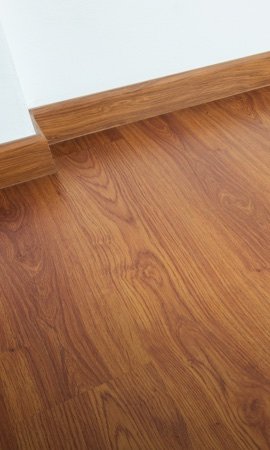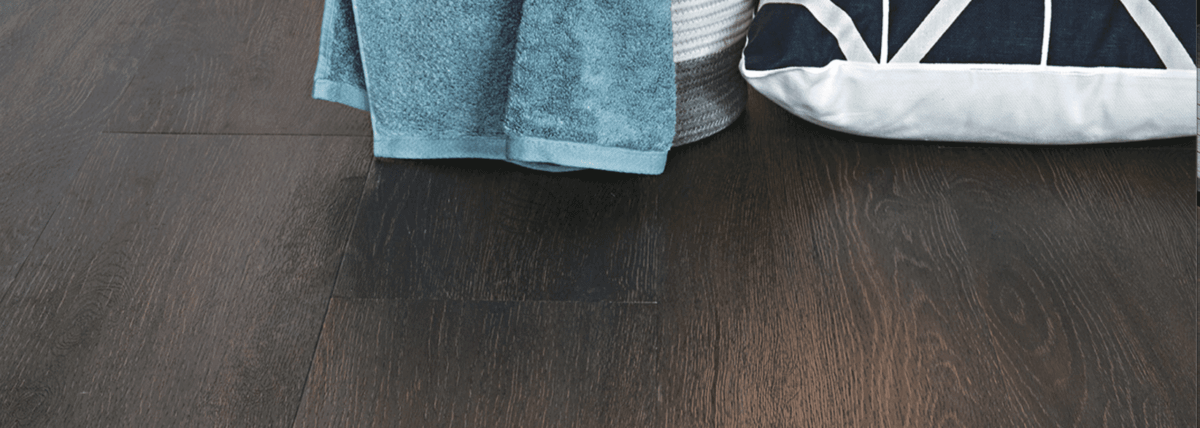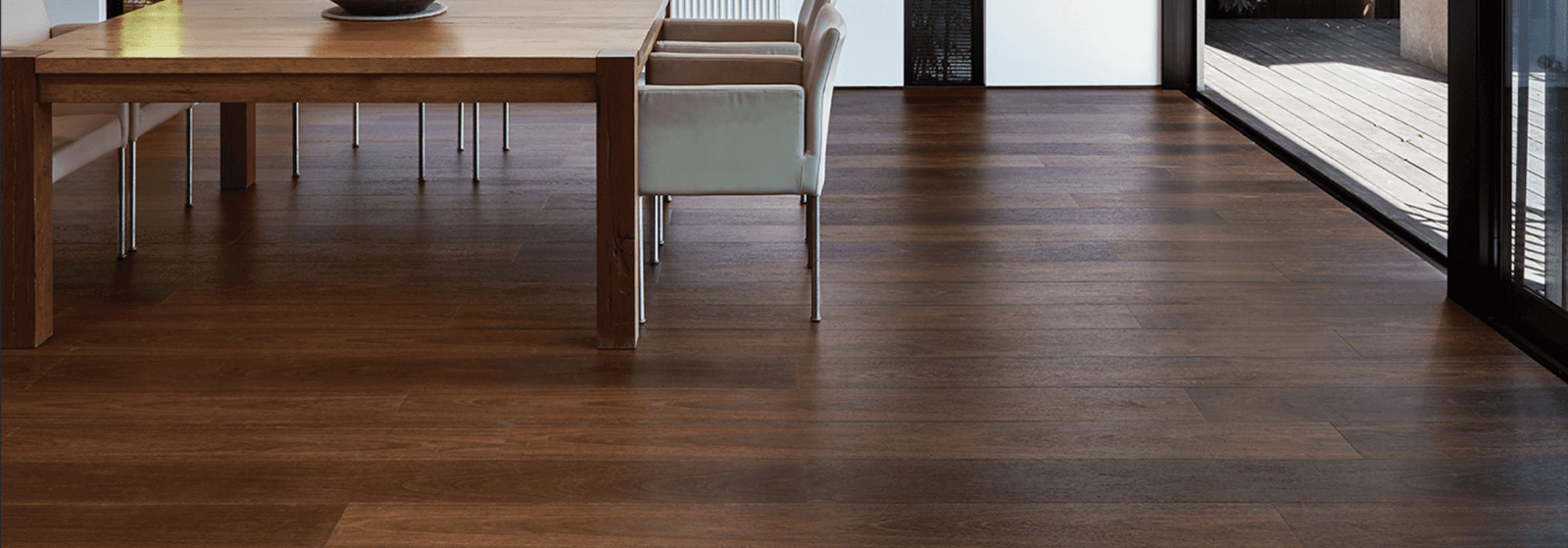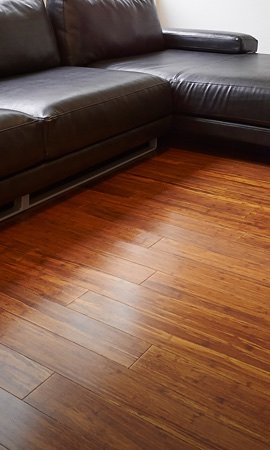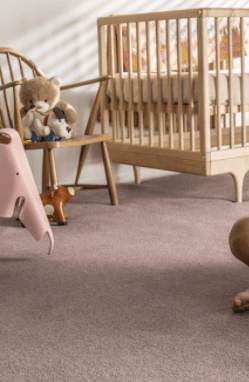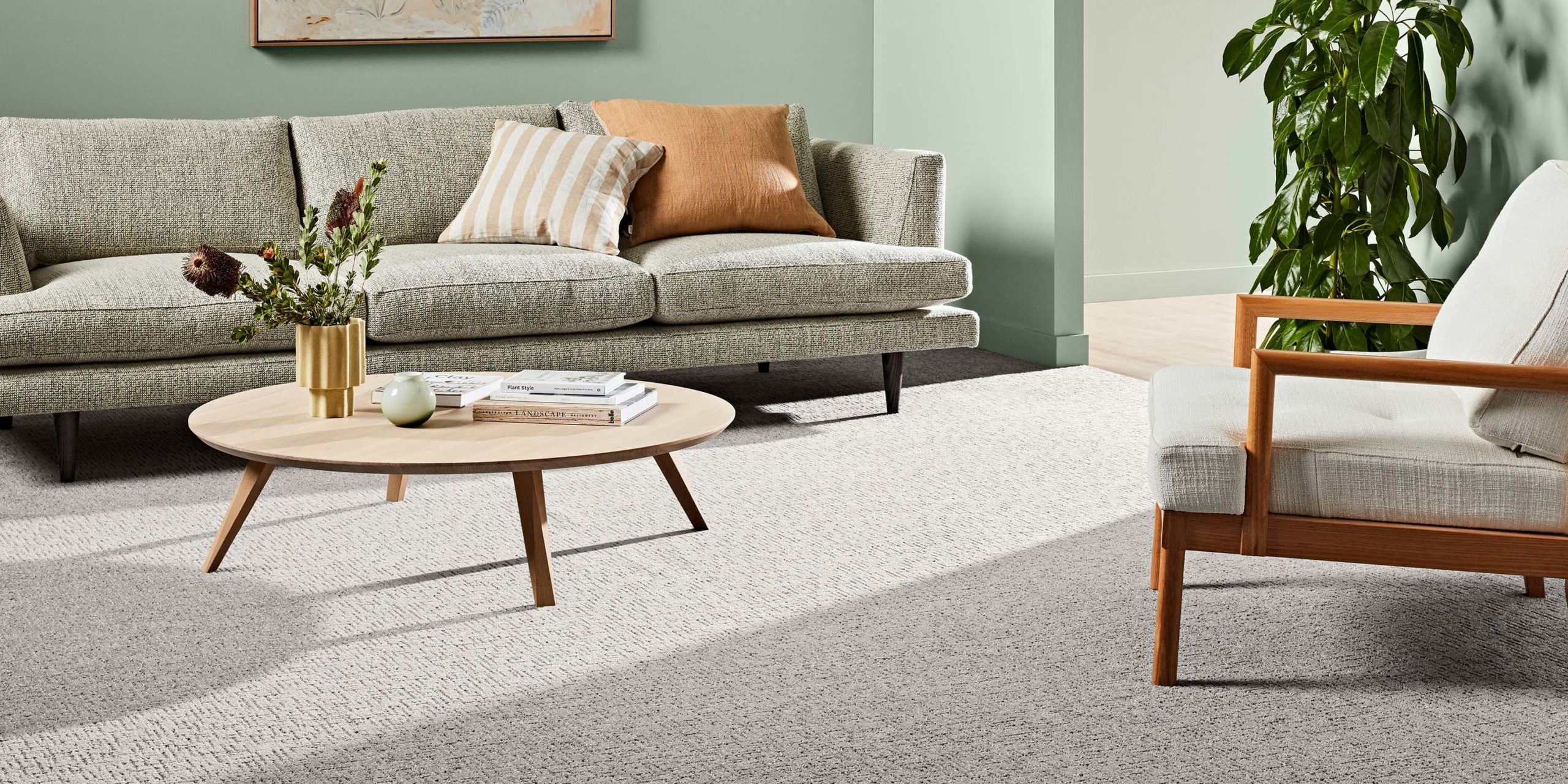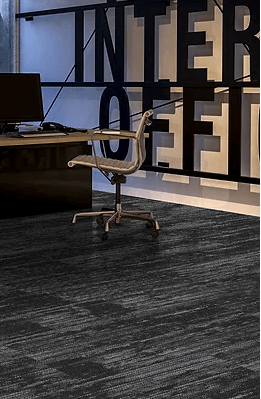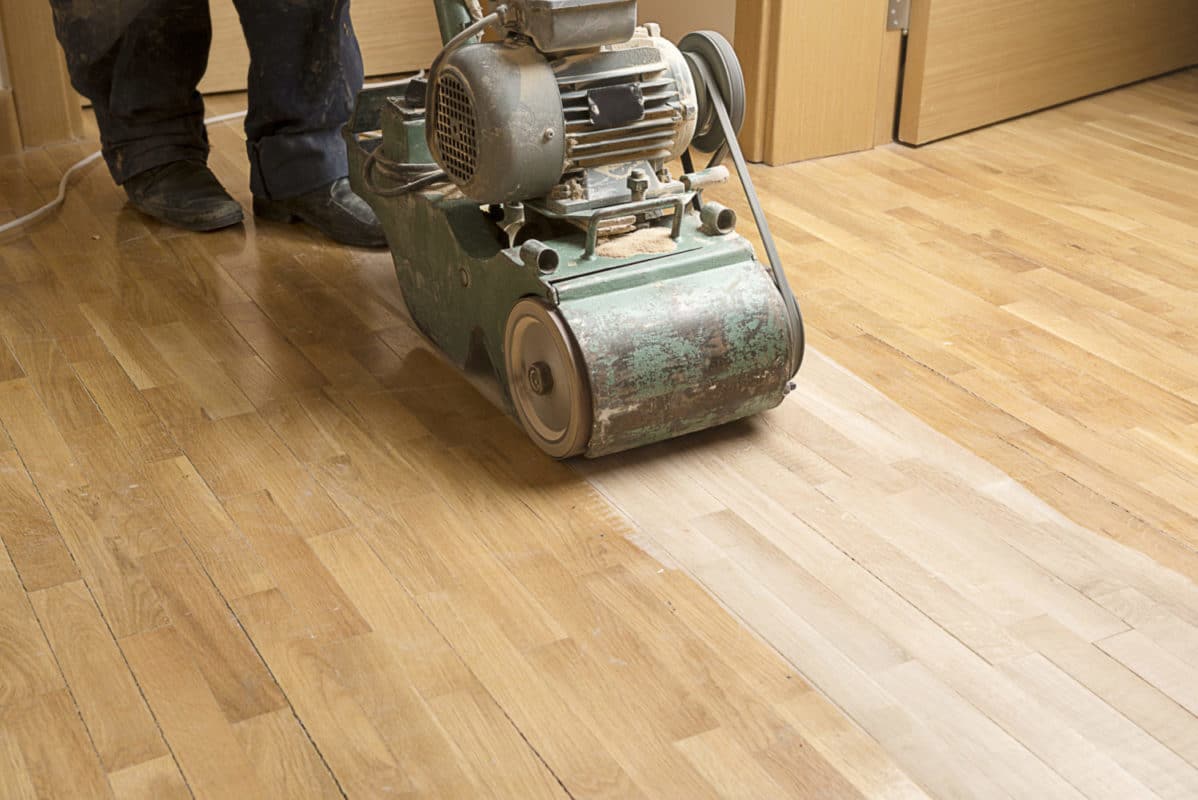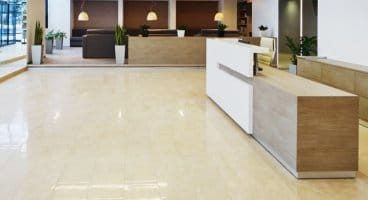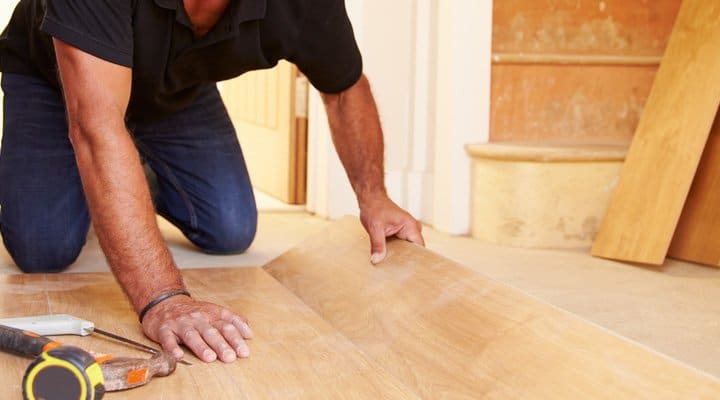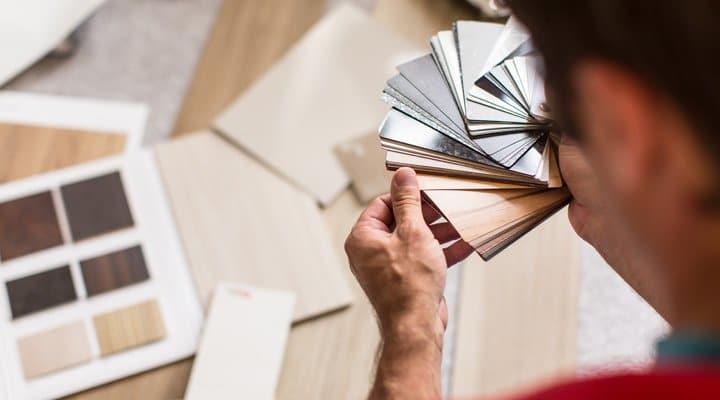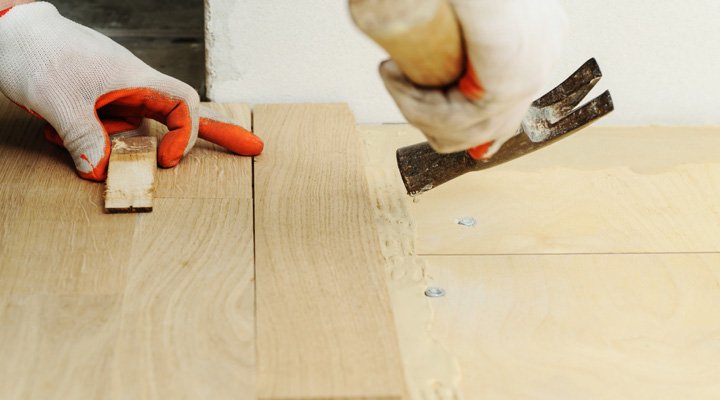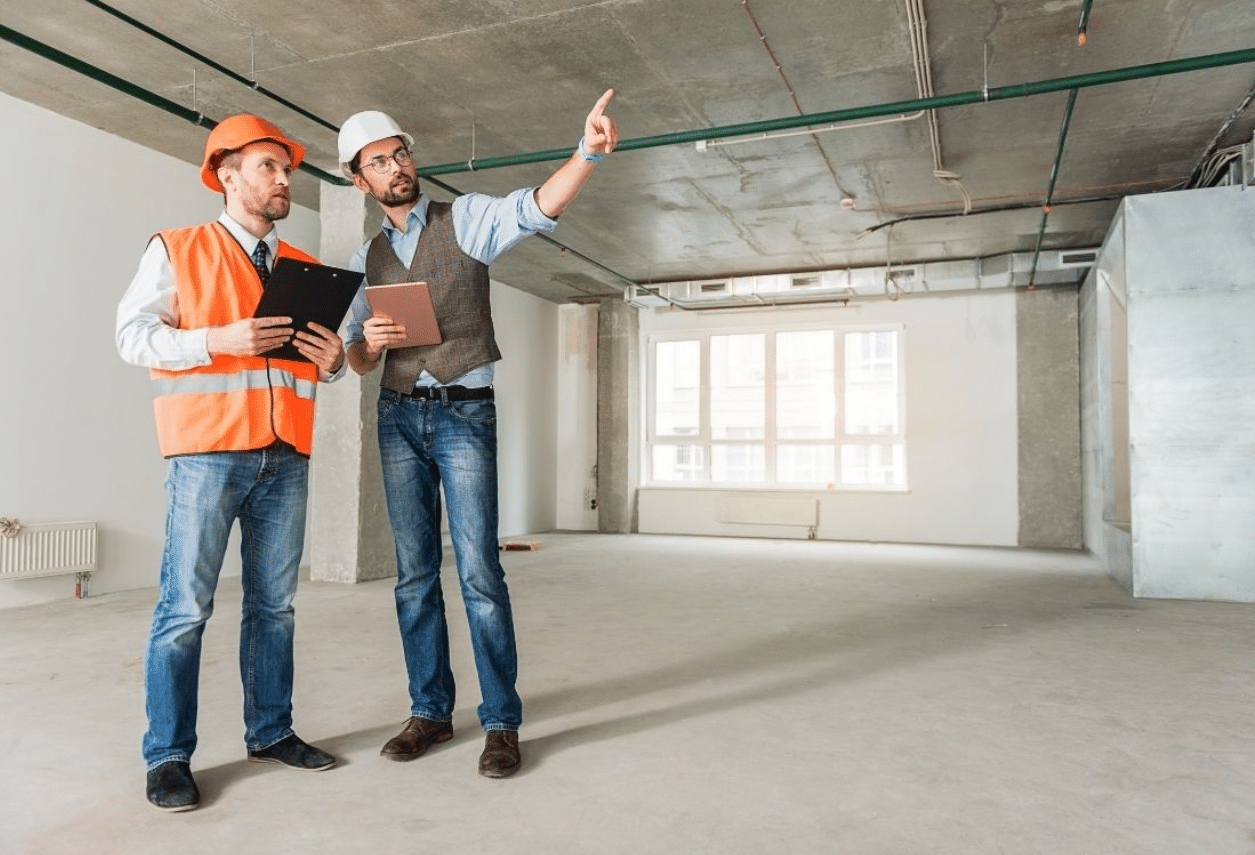

07 May What Is The Cost of Subfloor Levelling & Preparation?
You’d imagine that installing new flooring would be as simple as choosing a floor and laying them straight down. Whilst this can be the case if you’re very lucky, most floor shoppers are dealt a bad hand before they begin – their subfloor is uneven!
Installing flooring over an uneven subfloor is the ultimate sin for flooring. Some flooring companies will hide this knowledge from you, and make you pay the ultimate price when the click lock joins fail. This dark reality can be avoided by checking the subfloor in advance and properly levelling the subfloor.
There are three main methods of subfloor levelling, also known as floor preparation:
- Self-Levelling Compound
- Concrete Grinding & Timber Sanding
- Plywood & Masonite Sheets
This article will explore different subfloor requirements of the most common floor coverings, explain the importance and methods of subfloor preparation and levelling, and how much you can expect it to cost in Sydney & NSW as of 2024. If you hate reading and need quick answers, our pricing cheat sheet is at the bottom of the article.
Why Do We Need Floor Preparation For Floating Floor Installation?
The subfloor refers to the structural layer which your new flooring will be installed over. Most subfloors are concrete, tiles, hardwood timber, or chipboard, all suitable for floating floor installation given the right floor preparation. If you wish to learn more about the consequences of not levelling, feel free to read our ultimate guide to dealing with unlevel subfloors.
Some floors are more sensitive to unevenness than other floor coverings. Multiple factors influencing the flatness requirement include floorboard thickness, the flexibility of the materials, and the installation method. Here is a comprehensive breakdown of subfloor level requirements for each type of floating floor:
Hybrid Flooring Subfloor Requirements
Hybrid flooring is a popular floating floor thanks to its waterproof composition and durable surface. However, its’ strict subfloor requirement is the drawback of hybrid flooring. You are almost guaranteed to need floor levelling if you want hybrid flooring installed.
FloorVenue’s expert installers advise that any subfloor exceeding 2mm variance over 2 metres can make the hybrid planks bounce underfoot.
Although choosing a thicker and more premium hybrid floor can improve the tolerance against unevenness, ultimately subfloor levelling is the best solution. This is because hybrid floors are made from brittle materials e.g. stone plastic composite or wood plastic composite.
You can learn more about hybrid flooring and its pros and cons in our complete guide.
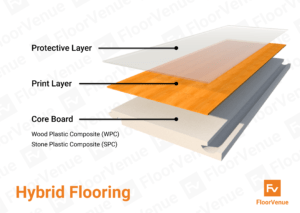

Laminate, Engineered, Bamboo Flooring Subfloor Requirements
Most laminate, engineered flooring and bamboo floors range between 8 – 21mm in thickness, which has much more substance than the flimsy hybrid stuff (nothing personal, hybrid floors). This gives them much more tolerance when your subfloor has undulations. As a general rule of thumb, thicker is better!
Most of our laminate floors range between 8 – 14mm, and our bamboo floors all come in 14mm thick. FloorVenue’s expert installers advise that laminate flooring, engineered timber flooring, and bamboo floors of at least 12mm thick can tolerate up to 4mm variance over 2 metres before you can feel movement underfoot.
However… if you choose to glue down and install your engineered floor (only engineered floor), this can mitigate the movement and bounciness. A direct-stick installation will also feel much more solid underfoot like real hardwood floors and can tolerate more unevenness. All engineered flooring over 15mm must be glued down.
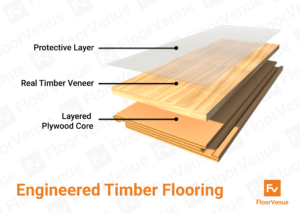

Vinyl Plank Subfloor Requirements
Vinyl flooring is made completely from PVC and stabilisers which means they are soft and flexible before being glued to the subfloor. In theory, this would give them a lot of flexibility with bumps and dips in the subfloor, however there is a catch.
Vinyl planks have a very strict subfloor requirement, sharing the same 2mm variance over 2 metres as hybrid flooring.
If you try to install vinyl planks over an uneven subfloor, you will see lipping and cupping between the planks. This is because the edges of each plank don’t have a locking system holding them together unlike the floating floors we covered earlier. Whilst there is no structural issue, this is a cosmetic downfall which many homeowners and businesses won’t enjoy.
The solution is either a feather coat of levelling compound or a masonite sheet over any peaks or joins to ensure a consistent look throughout your vinyl flooring.
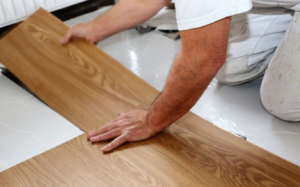

Solid Timber Hardwood Floors Subfloor Requirements
We install solid timber with glue and secret nails. Unlike floating floors, this direct stick method fixes each timber plank firmly to the subfloor. There are a couple of important factors to consider:
- The subfloor must be wooden, whether battens and joists, yellow tongue, existing timber planks, or plywood overlay. Some flooring installers may sell a cheaper solution; namely, glue down straight to concrete which can cause warping and swelling of the planks.
- The subfloor must not have moisture content readings exceeding 5.5%. Moisture is an important factor to consider and can be remedied by moisture barriers or black builder’s plastic. Consult an expert at FloorVenue before proceeding if you have high moisture.
- The subfloor may have issues if there is more than 10mm variance over 2 metres. We advise doing suitable levelling work in advance, i.e. timber sanding or installing additional plywood.


How Much Does Self-Levelling Compound Cost?
What is a floor-levelling compound? Imagine concrete, but not the viscous stuff they use for structural construction. The self-levelling compound we use for floor preparation is watery and runny because they are designed to flow freely to fill in the low dips with the help of gravity, hence the name “self-levelling”. Whilst it is a magical solution, it can be expensive.
The true cost of using self-levelling concrete can be broken down:
- Type of subfloor: Wooden vs Concrete?
- How Much Levelling Compound Do You Need?
- Professional Levelling Service vs DIY Levelling?
How Much Does It Cost To Level A Concrete Slab?
If you are looking for a professional to level your concrete subfloor, you can expect to pay around $40 – $60 per square metre depending on the amount of required levelling compound.
What is the price breakdown?
- Primer Application – The floor levellers must coat the entire subfloor in two layers of primer, each coating perpendicular to each other in advance. Each bottle of primer costs around $250 alone. The primer will stop the compound from cracking and powdering, thus is required before they can mix and pour the levelling concrete.
- Mixing, Pouring, Degassing – After pouring the levelling compounds over the concrete slab, the installers must de-gas any air bubbles by using a spiked roller throughout the entire surface before the compound begins to dry. This ensures the compound is compact and sturdy as air pockets can weaken the compound.
- Self-Levelling Compound – You can expect to pay anywhere between $35 – $70 per bag depending on the type of levelling compound and where you buy it from. At FloorVenue, we can guarantee the best prices without compromising on quality – offering each bag at $35 if you wish to DIY with 2 – 3 square metre coverage. (Updated 2024, Prices subject to change!)
How Much Does It Cost To Level Wooden Subfloors?
Timber subfloors are more complicated because they are porous materials and often have gaps between planks or sheets where levelling compounds can flow away! Most flooring companies will charge around $70 – $90 per square metre to level a wooden subfloor.
- Waterproofing – FloorVenue highly recommends sealing the surface with a waterproof primer and filling any gaps with silicone or a moisture membrane in advance.
- Flexible Levelling Concrete – Furthermore, we use a flexible levelling compound designed specifically for timber or wooden substrates so they don’t crack and lose structure when the subfloor has slight movement. This does cost more than ordinary levelling concrete.
- Not DIY Friendly – Levelling a wooden subfloor is much more difficult with more components involved. It’s much easier to stuff up, and the consequences involve wood rot, levelling compound seeping through gaps, and even choosing improper compound due to cost!
How Much Do You Save By DIY Floor Levelling Compound?
Should you opt to DIY your floor levelling job, you can expect to pay $18 – $30 per square metre for just the levelling compounds and primer to level a concrete subfloor.
Suppose you are very confident in your abilities and believe wholeheartedly you can level a timber subfloor. In that case, you can expect to pay around $40 – $50 per square metre for the necessary waterproof primer, silicone sealants and flexible levelling concrete.
If you are keen on this, we highly recommend reading our article to learn about how to use self-levelling concrete.
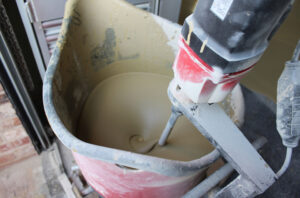

How Much Does Concrete Grinding & Timber Sanding Cost?
If you are trying to keep the cost down, floor preparation can blow an unexpected hole in your budget. Luckily, self-levelling concrete is not the only solution if your subfloor has bumps. Keyword – bumps.
Isolated sites of elevation can be grinded or sanded down to become level with the rest of the subfloor. This is typically much more affordable than pouring self-levelling concrete throughout the entire property.
At FloorVenue, we commonly use both floor levelling compound and concrete grinding in floor preparation to achieve the best results.
Keep in mind that concrete grinding and timber sanding are both very messy jobs that emit lots of dust and will require proper cleaning afterwards. This is an inevitable nature that cannot be avoided. Furthermore, you must wear suitable personal protective equipment to be on-site.
Here are some rough prices that reflect the market rate for this service:
- Concrete Grinding: $400 base callout to cover machine hire and transportation, $80 – $120 per square metre for every square metre to grind away one-centimetre depth.
- Timber Sanding: $300 base callout to cover machine hire and transportation, $50 – $100 per square metre for every square metre to grind away one-centimetre depth.
Note: Timber sanding is limited by how thick the timber is, and whether it can maintain structural stability if we thin down the plank.


How Much Does Plywood Floor Levelling Cost?
Sometimes, the most effective solution is to lay a thick sheet of plywood over everything to make a smooth surface for floating floor installation. Plywood or masonite is a multi-purpose material that can be used in a variety of settings:
- If you wish to do direct-stick installations for solid timber floors or vinyl flooring, plywood is a great solution if you have imperfections to cover up. We recommend a minimum of 12mm thick plywood fire solid timber floors.
- Height differences can be bridged by packing up lower areas with the correct thickness of plywood or masonite. This is common when carpet is removed or new extensions are built.
The price of plywood or masonite sheet installation will vary depending on whether you have a timber subfloor or concrete slab. Furthermore, apartments will not allow anchoring plywood sheets into the subfloor as it alters the structural concrete and emits very loud banging.
Here are the rough estimates:
- Supply Masonite Sheets (3 – 6mm): $18 – $24 per square metre (Suitable for vinyl flooring)
- Supply Non-Structural Plywood (7 – 9mm): $20 – $24 per square metre
- Supply Non-Structural Plywood (12 – 18mm): $25 – $30 per square metre
- Plywood Installation: $15 – $20 per square metre depending on method.


Conclusion – How Much Should You Pay For Subfloor Levelling?
Ultimately, the cost of floor preparation and levelling depends on your circumstance; the subfloor condition, how uneven it is, and the type of floor you want to install. The overall cost could vary significantly depending on the amount of square metres as well.
Here is your final cheat sheet for budgeting floor levelling:
| Method of Subfloor Levelling | Variant (Subfloor/Thickness) | Material Only (per m2) | Supply & Labour (per m2) |
|
Self-Levelling Concrete
|
Concrete | $15 – $30 | $40 – $60 |
| Timber | $40 – $50 | $70 – $90 | |
|
Sanding / Grinding
|
Concrete | – | $80 – $120 |
| Timber | – | $50 – $100 | |
|
Plywood
|
Thickness: 7mm | $12 – $20 | $25 – $30 |
| Thickness: 9mm | $14 – $25 | $28 – $32 | |
| Thickness: 12mm | $18 – $30 | $32 – $35 | |
| Thickness: 15mm | $22 – $35 | $35 – $38 | |
| Thickness: 18mm | $25 – $40 | $38 – $42 |
We recommend reaching out to one of our friendly flooring experts for personalised advice when it comes to subfloor preparation. The truth is every job site is different, and you’ll often need one of our flooring technicians to come out to measure and check the conditions before providing a formal quote. One thing is certain – FloorVenue will give you the best value for money and guarantee results.
Disclaimer: All prices are subject to change and are based on market rates. You can use the information for budgeting and research, however, FloorVenue is not liable for any consequential damages resulting from the use of information provided in this article.

